The flush cleaning cycle is an essential step to maintain the performance of your Breville espresso machine. Flushing is also a necessary step during the initial setup of your coffee maker. It is easy to perform; however, many people encounter various issues where the flush cleaning cycle seems to work differently than it should or stops prematurely. For this reason, we have prepared a straightforward explanation of how the flush cleaning cycle should run and troubleshooting tips.
Troubleshooting Breville’s Flushing Function
Here are three main issues you might encounter during the flush cleaning cycle:
No Water is Coming Out of the Portafilter – Is It Normal?
During the flush cleaning cycle, it is normal that no water is coming out of the portafilter. The water drains into the drip tray. This is because the cleaning disc blocks the portafilter and pushes the water with the dissolved tablet back into the machine, cleaning the inner parts. However, there are instances when some water will come out of the portafilter. We will explain them in the following paragraph.
The Water During the Flush Cleaning Cycle Is Coming Out of the Portafilter
Water will come out of the portafilter during the flush cleaning cycle in older Breville machines. This is because they came with a cleaning disc that has a tiny hole in the middle, allowing some water to pass through the portafilter. The remaining water drains into the drip tray.
Unfortunately, many people get confused when they see in the manuals and tutorials that no water should be coming out of the portafilter. This makes them think something is wrong with their machine or that they are doing something incorrectly. But in reality, the flush cleaning cycle is working properly.
Breville changed the design of the disc. The newer espresso machines come with a cleaning disc with no hole in the middle, so no water is coming out of the portafilter. We have contacted Breville Support, which confirmed that both discs can be used in all Breville espresso machines.
We also found further information that using the disc without the hole is a better cleaning method. This way, all of the water with the detergent will pass through the machine’s inner parts, cleaning them more thoroughly. If you are about to purchase a new cleaning disc, we recommend choosing the updated version without the hole (Amazon link for the 54mm).
TIP: If you own the Breville Barista Pro, check out our dedicated article, where you will find a detailed explanation of the flush cleaning cycle.
First Use Cycle Not Working – Initial Flush Troubleshooting
Flushing is essential before the first use of a new Breville espresso machine. It is a part of the first use cycle and should be straightforward. Unfortunately, some people report that the initial flushing stops after a few seconds. This is most likely caused by air bubbles in the water filter. To fix the initial flushing:
- Remove the water tank from the machine and fill it to the max line.
- Unplug the water filter from the socket, turn it upside down and shake it to release any remaining bubbles.
- Lock the filter back into the tank. The critical step is to keep the filter submerged during the whole process.
- Lock the water tank back into place and perform the initial flush.
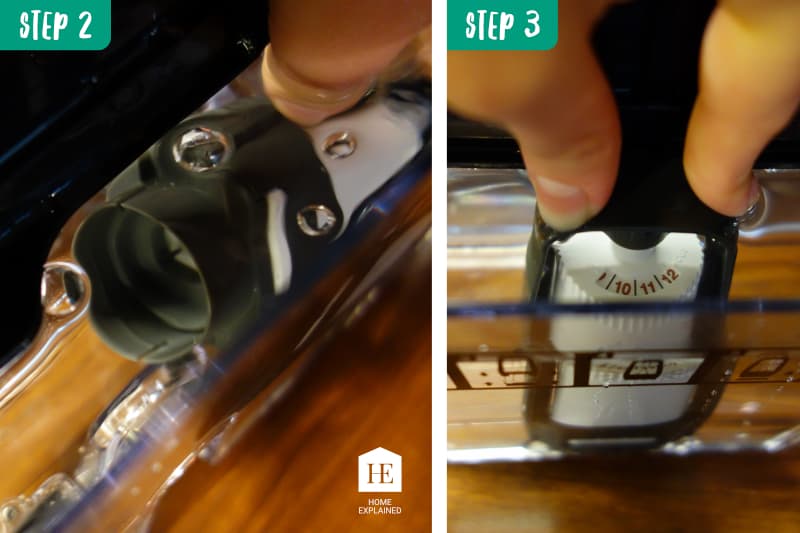
If letting the air bubbles out of the water filter won’t fix the initial flush, we recommend removing the water filter and trying the initial flush again. If it works, it means that there is still some air trapped inside the filter and that you must repeat the process described above.
Air bubbles in the water filter can prevent the machine from pulling water, so you might not be able to perform the flush cycle or pull a shot.

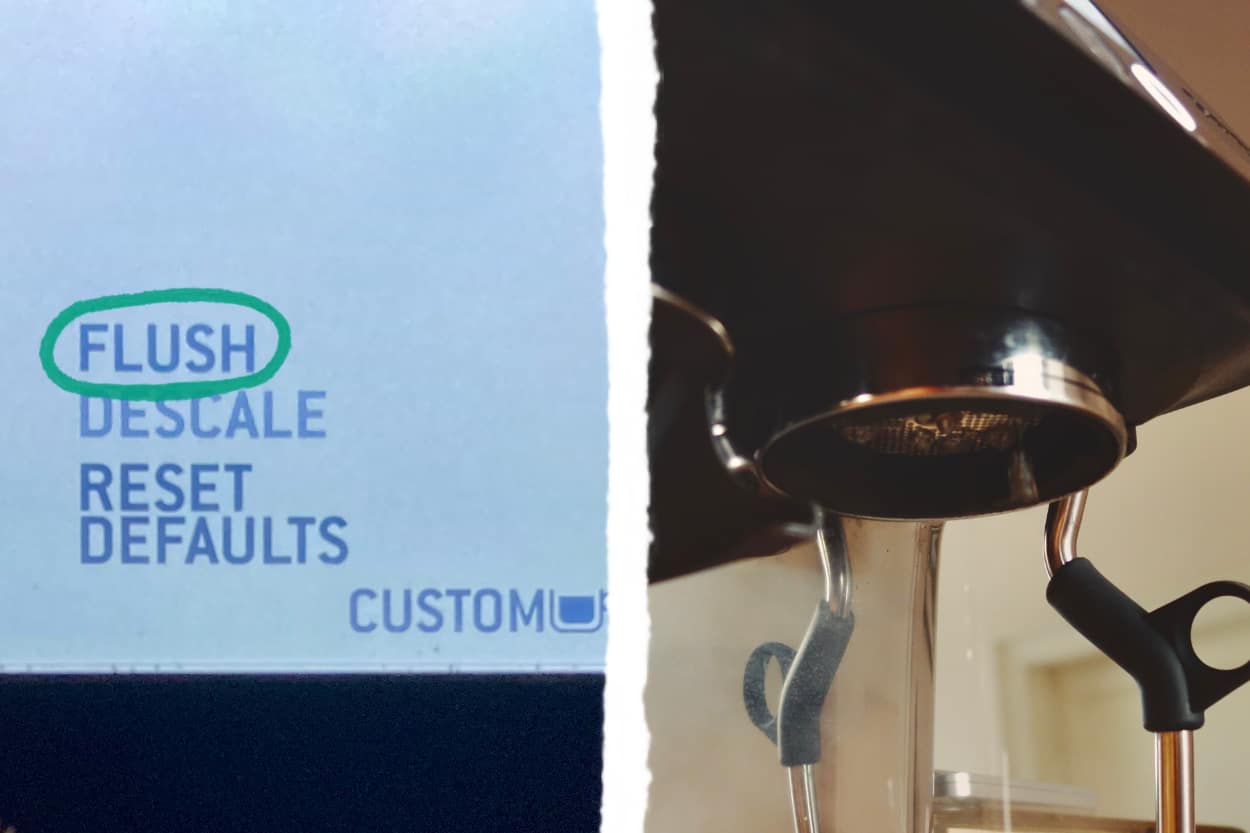

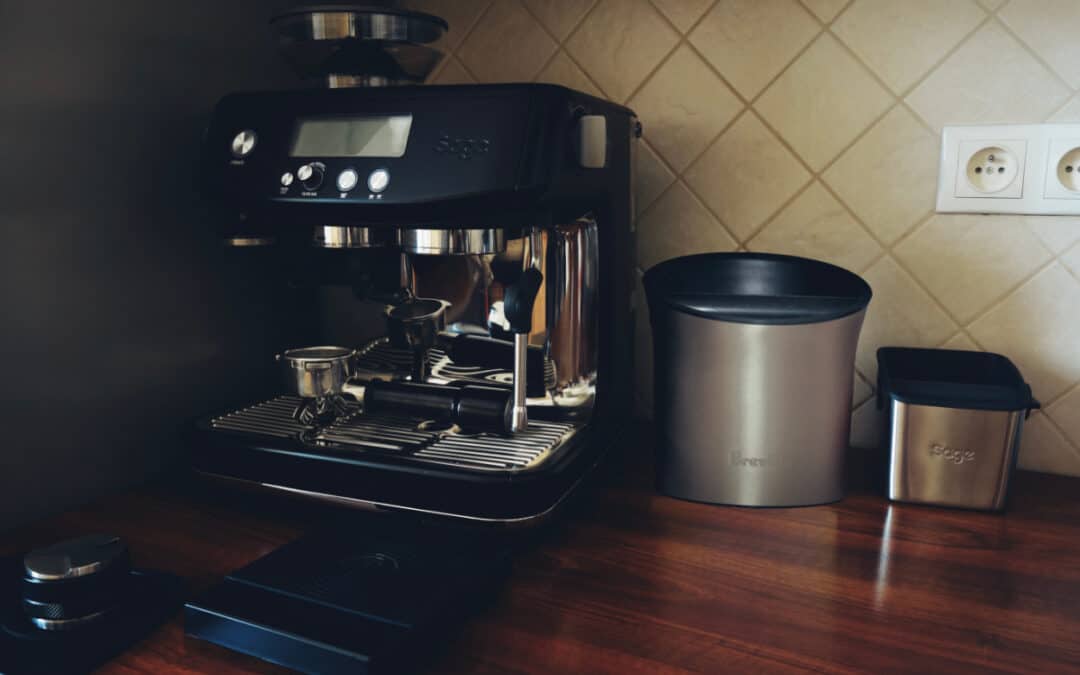
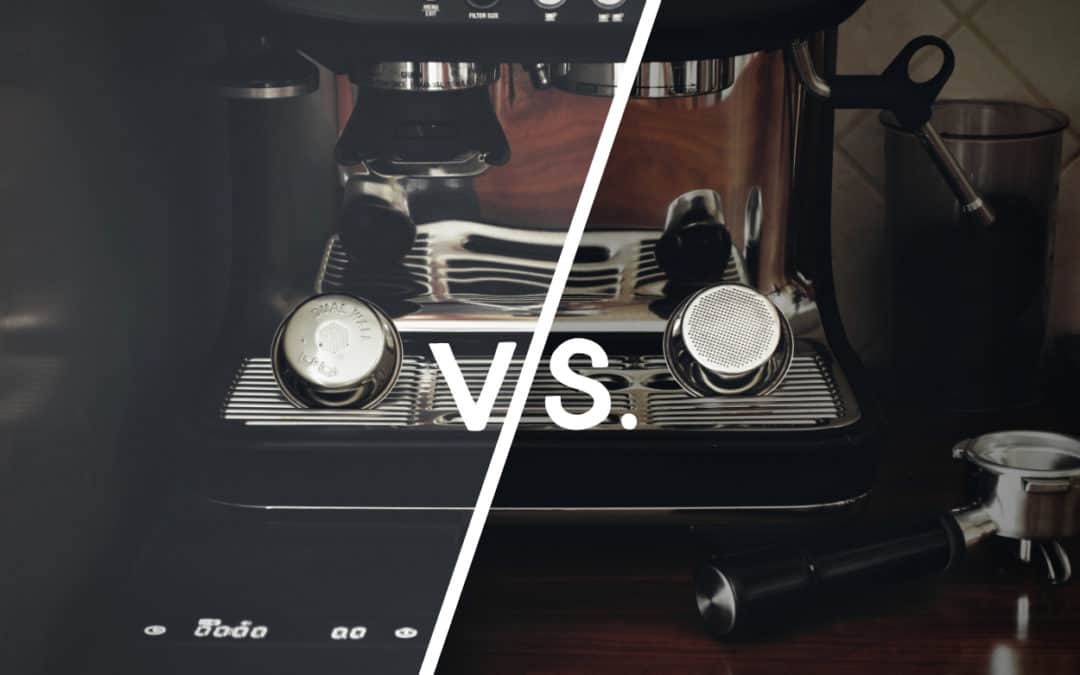
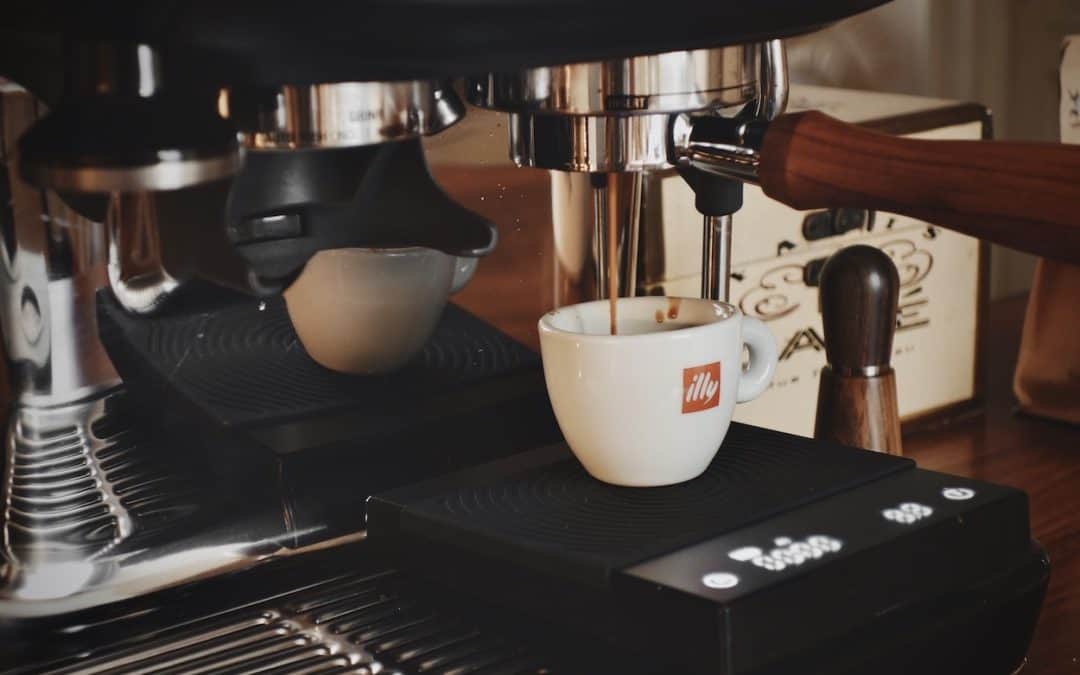
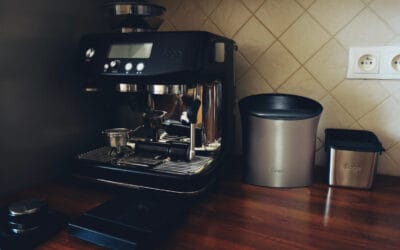
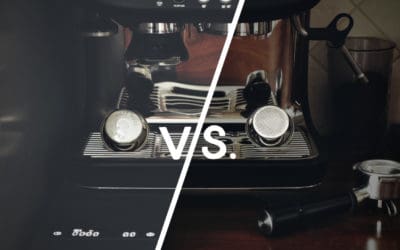
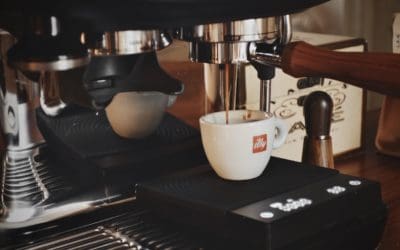
0 Comments